OK to Connect Flexible Metal Cable to Plastic J-Box?
Tom Pultz
14 years ago
Featured Answer
Sort by:Oldest
Comments (22)
brickeyee
14 years agoRelated Professionals
Alamo General Contractors · Bay Shore General Contractors · Las Cruces General Contractors · Martinsville General Contractors · Marysville General Contractors · Midlothian General Contractors · Mount Holly General Contractors · Northfield General Contractors · Red Wing General Contractors · Schertz General Contractors · Livingston Handyman · Fort Bragg Home Automation & Home Media · Newport Beach Home Automation & Home Media · Potomac Home Automation & Home Media · Tamiami Home Automation & Home Mediabrickeyee
14 years agoTom Pultz
14 years agomike_kaiser_gw
14 years agobrickeyee
14 years agoTom Pultz
14 years agobrickeyee
14 years agoTom Pultz
14 years agoterribletom
14 years agoRon Natalie
14 years agobrickeyee
14 years agoTom Pultz
14 years agohexus
14 years agoTom Pultz
14 years agohexus
14 years agomike_kaiser_gw
14 years agobrickeyee
14 years agospencer_electrician
14 years agomike_kaiser_gw
14 years agospencer_electrician
14 years agoTom Pultz
14 years ago
Related Stories

REMODELING GUIDES5 Places to Love Corrugated Metal in Your House
It’s budget friendly, versatile and even colorful. Is it any wonder this popular exterior material is making inroads indoors?
Full Story
LIGHTINGThe Lowdown on High-Efficiency LED Lighting
Learn about LED tapes, ropes, pucks and more to create a flexible and energy-efficient lighting design that looks great
Full Story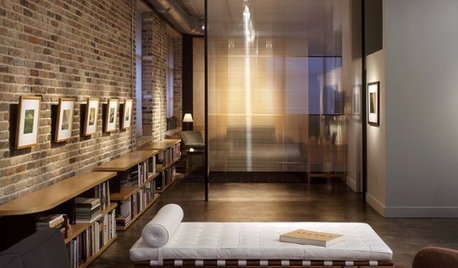
MATERIALSMaterials Workshop: Polycarbonate — a Low-Cost Alternative to Glass
Looking for something lighter, stronger and less expensive than glass? Multiwall polycarbonate may be a good option
Full Story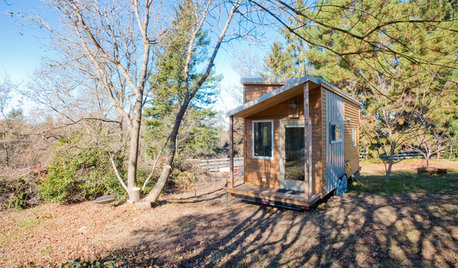
SMALL HOMESHouzz Tour: Rolling With Simplicity in a Tiny House on Wheels
Just 240 square feet, this California home encourages efficient living — but there’s still room for yoga
Full Story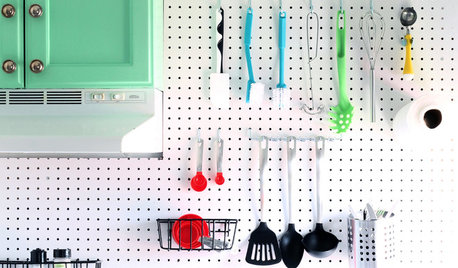
KITCHEN STORAGEBoost Your Kitchen Storage With Pegboard on a Wall
Julia Child knew it: This budget-friendly material is a winner for wall organization
Full Story
GREEN BUILDINGOff the Grid: Ready to Pull the Plug on City Power?
What to consider if you want to stop relying on public utilities — or just have a more energy-efficient home
Full Story
BATHROOM DESIGNHow to Settle on a Shower Bench
We help a Houzz user ask all the right questions for designing a stylish, practical and safe shower bench
Full Story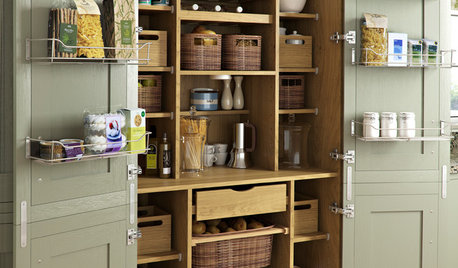
KITCHEN PANTRIES80 Pretty and Practical Kitchen Pantries
This collection of kitchen pantries covers a wide range of sizes, styles and budgets
Full Story
LIFEHow to Outsmart Backyard Critters
Learn to think like a raccoon, skunk or squirrel to keep your home safe and your garden intact
Full Story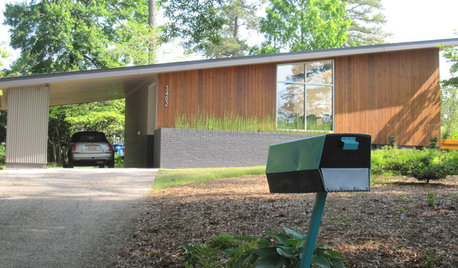
MIDCENTURY STYLEFollow One Man’s Midcentury-Mailbox Dream
An ill-fitting mailbox leads a determined dad on a quest — and possibly to a new business
Full StoryMore Discussions










Tom PultzOriginal Author